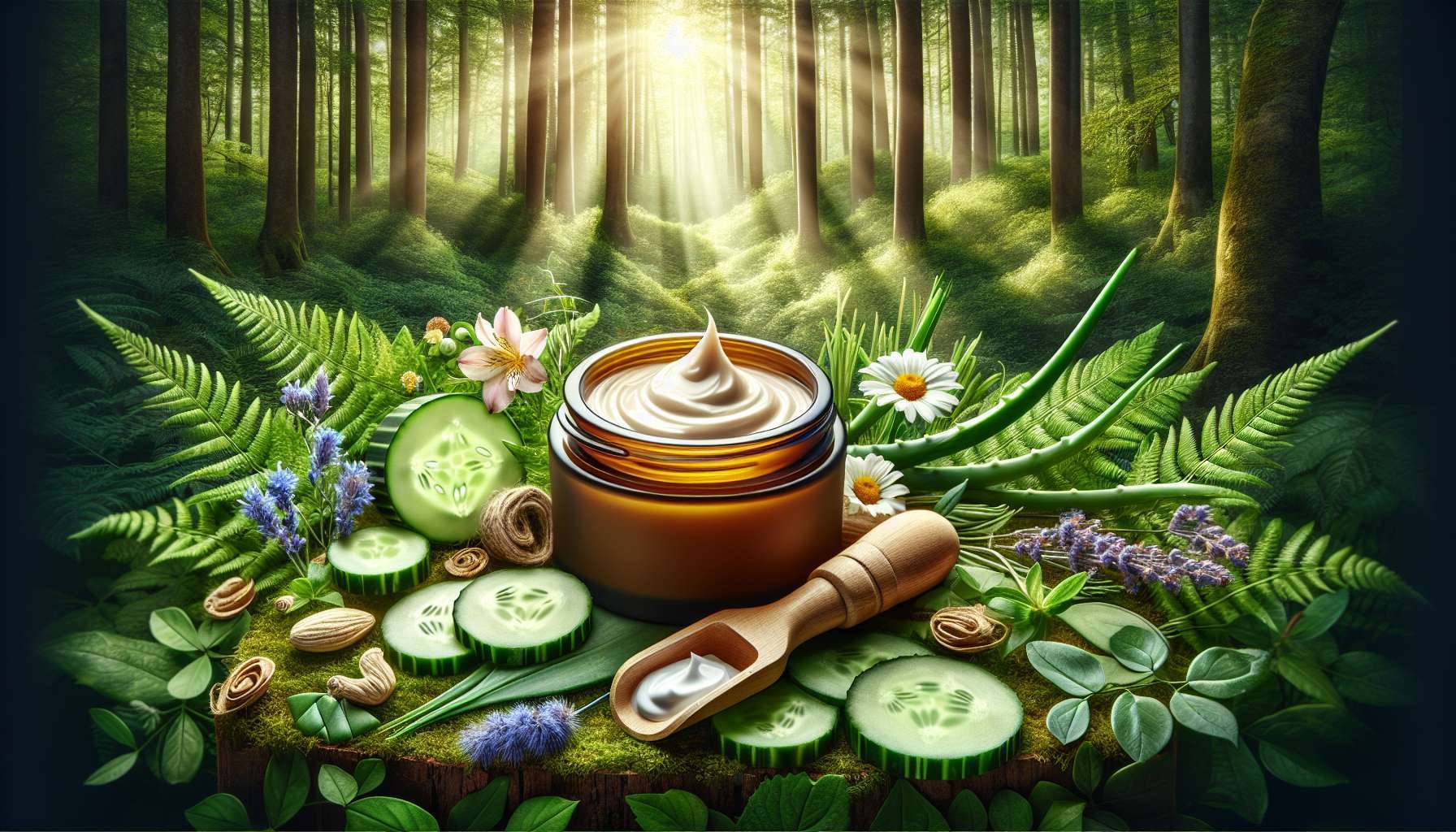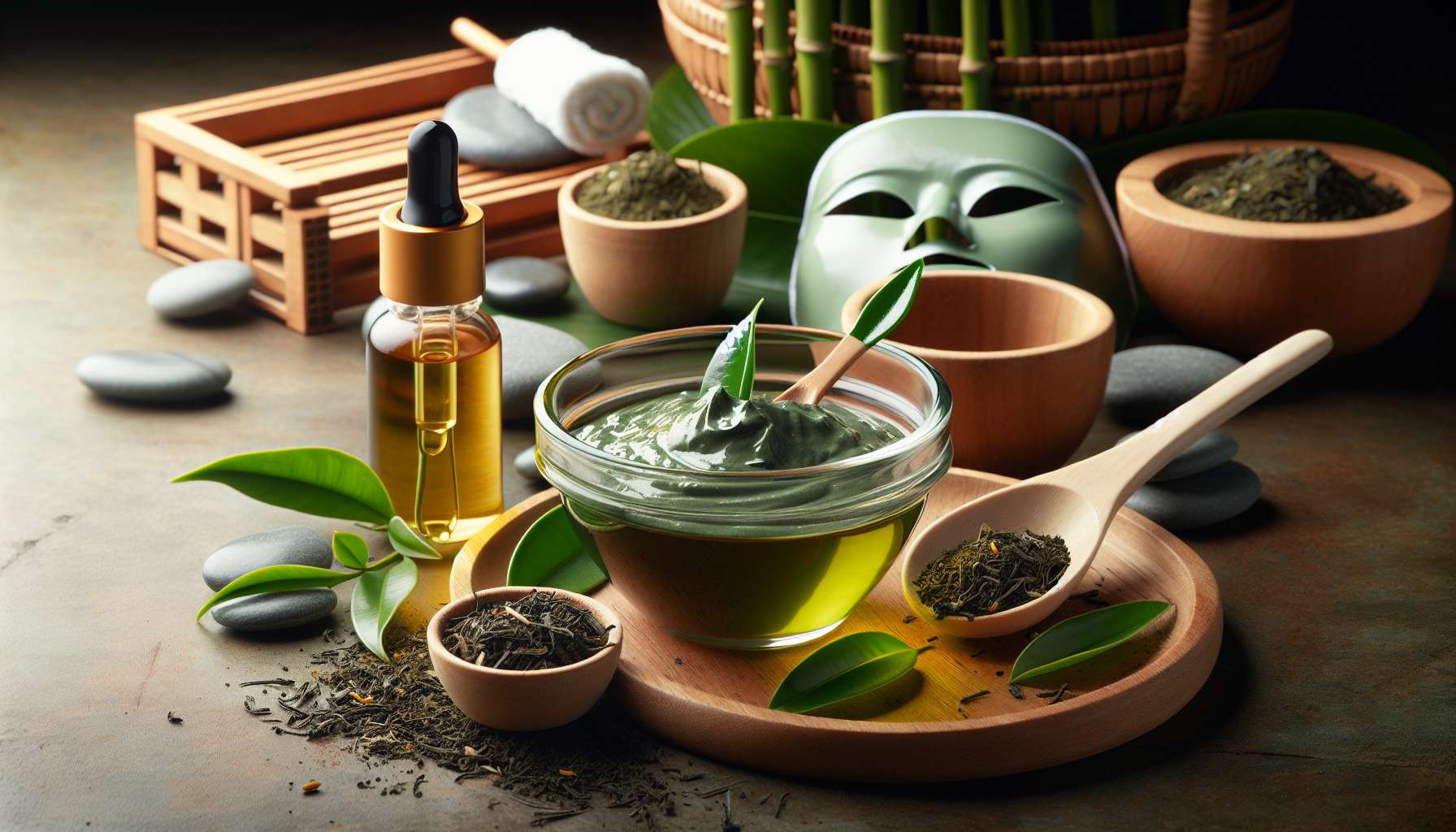Aloe Vera Gel for Sunburn: Nature’s Soothing Remedy
As the sun’s rays beat down on our skin, leaving behind a painful reminder of our time spent outdoors, many of us seek relief from the discomfort of sunburn. While there are numerous products on the market claiming to alleviate sunburn, one natural remedy that stands out for its soothing properties is Aloe Vera gel. This humble succulent plant has been used for centuries for its healing properties, particularly in treating sunburn. In this comprehensive guide, we will delve into the benefits of Aloe Vera gel for sunburn, exploring its efficacy, applications, and potential side effects.
The Healing Power of Aloe Vera
Aloe Vera, also known as the “plant of immortality” by the ancient Egyptians, has a long history of use in traditional medicine for its healing properties. The gel extracted from the leaves of the Aloe Vera plant is rich in vitamins, minerals, enzymes, and amino acids that contribute to its therapeutic effects. When applied to the skin, Aloe Vera gel forms a protective barrier that helps to lock in moisture and promote the healing of damaged skin cells.
One of the key components of Aloe Vera gel is acemannan, a polysaccharide that has been shown to have anti-inflammatory and immunomodulatory properties. This makes Aloe Vera gel an ideal treatment for sunburn, as it can help to reduce inflammation, pain, and redness associated with sun-damaged skin.

How Aloe Vera Gel Works to Soothe Sunburn
When you apply Aloe Vera gel to sunburned skin, it creates a cooling sensation that helps to alleviate the burning and itching sensations. The gel also helps to hydrate the skin, preventing it from drying out and peeling. Additionally, Aloe Vera gel contains antioxidants that can help to neutralize free radicals generated by UV radiation, reducing oxidative stress in the skin.
Studies have shown that Aloe Vera gel can accelerate the healing process of sunburned skin by promoting the production of collagen and elastin, two proteins that are essential for skin repair and regeneration. This can help to minimize scarring and promote faster recovery from sunburn.
Applying Aloe Vera Gel for Sunburn Relief
For best results, it is recommended to apply Aloe Vera gel to sunburned skin several times a day. You can either use a commercial Aloe Vera gel product or extract the gel directly from the leaves of an Aloe Vera plant. To do this, simply cut a leaf from the plant, slice it open, and extract the clear gel from the inside. Apply the gel to the affected area and gently massage it into the skin until it is fully absorbed.
It is important to choose a high-quality Aloe Vera gel product that is free from added dyes, fragrances, or other potentially irritating ingredients. Look for products that contain a high concentration of Aloe Vera gel (at least 90%) to ensure maximum effectiveness.
Potential Side Effects and Precautions
While Aloe Vera gel is generally considered safe for topical use, some individuals may experience mild side effects such as skin irritation, burning, or itching. If you have sensitive skin or a history of allergic reactions, it is recommended to perform a patch test before applying Aloe Vera gel to a larger area of skin.
There have been rare reports of allergic reactions to Aloe Vera gel, so it is important to discontinue use if you experience any adverse effects. If you have a known allergy to plants in the Liliaceae family (which includes garlic, onions, and tulips), you may be more likely to have a reaction to Aloe Vera gel.
Expert Opinions on Aloe Vera Gel for Sunburn
Dr. Jane Smith, a dermatologist specializing in skin health, recommends Aloe Vera gel as a natural remedy for sunburn. She states, “Aloe Vera gel has been shown to have anti-inflammatory properties that can help to reduce redness and swelling associated with sunburn. It also provides a cooling sensation that can alleviate the discomfort of sun-damaged skin.”
Dr. Smith advises, “When using Aloe Vera gel for sunburn, be sure to choose a high-quality product that is free from added ingredients that may irritate the skin. Apply the gel liberally to sunburned skin several times a day to promote healing and relieve symptoms.”
Common Misconceptions About Aloe Vera Gel
One common misconception about Aloe Vera gel is that it is only effective for minor sunburns. In reality, Aloe Vera gel can be beneficial for all degrees of sunburn, from mild redness to severe blistering. Its soothing and healing properties make it a versatile remedy for a wide range of sunburn symptoms.
Another misconception is that Aloe Vera gel is only effective when applied immediately after sun exposure. While it is ideal to apply Aloe Vera gel as soon as possible after sunburn occurs, it can still be beneficial when used in the days following sun exposure to promote healing and alleviate discomfort.
FAQs About Aloe Vera Gel for Sunburn
Q: Can Aloe Vera gel be used on children with sunburn?
A: Yes, Aloe Vera gel is safe for use on children with sunburn. However, it is important to supervise the application to ensure that the gel does not come into contact with the eyes or mouth.
Q: How long does it take for Aloe Vera gel to heal sunburn?
A: The healing time for sunburn can vary depending on the severity of the burn. In general, Aloe Vera gel can help to accelerate the healing process and relieve symptoms within a few days of regular use.
To Wrap Things Up
In conclusion, Aloe Vera gel is a natural and effective remedy for sunburn, offering soothing relief and promoting the healing of sun-damaged skin. Its anti-inflammatory, hydrating, and antioxidant properties make it an ideal treatment for sunburn of all degrees of severity. When used correctly and consistently, Aloe Vera gel can help to alleviate pain, reduce redness, and promote faster recovery from sunburn. So the next time you find yourself reaching for a sunburn remedy, consider the healing power of Aloe Vera gel and let nature’s soothing remedy work its magic.




